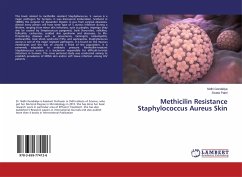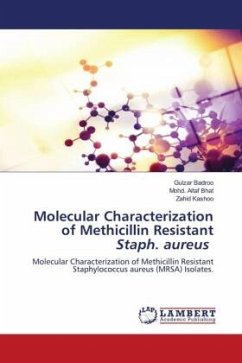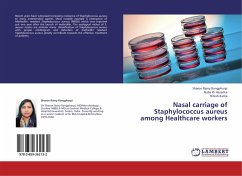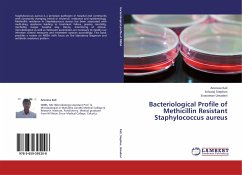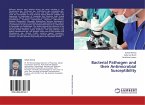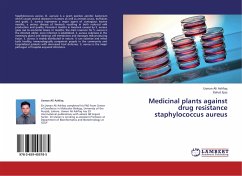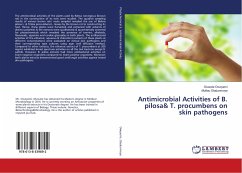This book related to methicillin resistant Staphyllococcus. S. aureus is a major pathogen for humans. It was discovered inAberdeen, Scotland in 1880by the surgeon Sir Alexander Ogston in pus from surgical abscesses. Almost every person will have some type of S aureus infection during a lifetime, ranging from minor skin infections, such as pimples, impetigo (may also be caused by Streptococcus pyogenes), boils (furuncles), cellulites, folliculitis, carbuncles, scalded skin syndrome and abscesses, to life-threatening diseases such as pneumonia, meningitis, osteomyelitis, endocarditis, toxic shock syndrome (TSS), and septicaemia. Staphylococcus aureus is one of the major resistant pathogens. It is found on the mucous membranes and the skin of around a third of the population, it is extremely adaptable to antibiotic pressure. Methicillin-resistant Staphylococcus aureus is a bacterium responsible for difficult-to-treat infections in humans. The cross sectional study was conducted aiming to establish prevalence of MRSA skin and/or soft tissue infection among HIV patients.
Bitte wählen Sie Ihr Anliegen aus.
Rechnungen
Retourenschein anfordern
Bestellstatus
Storno

